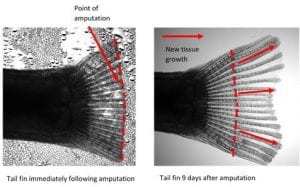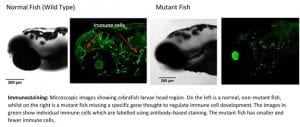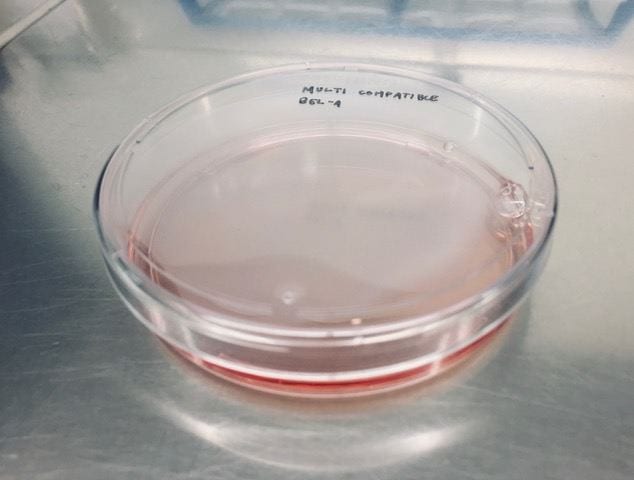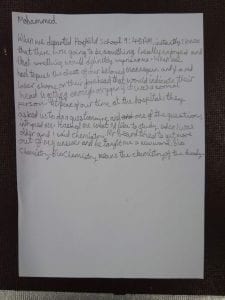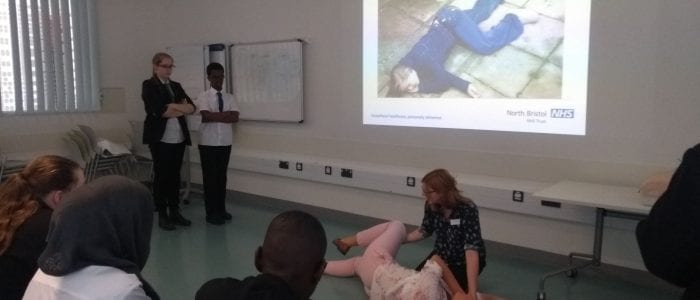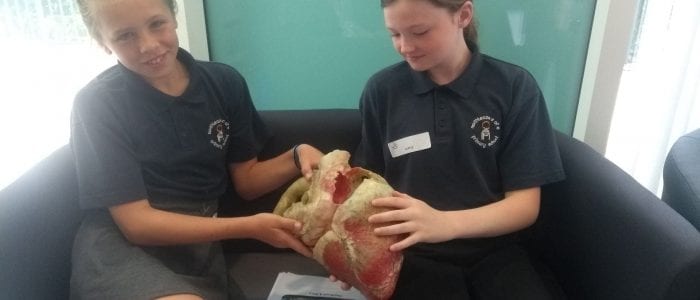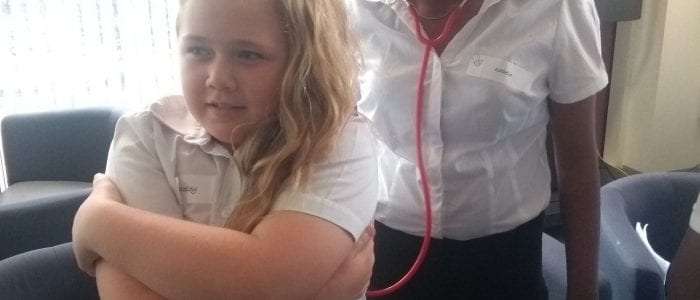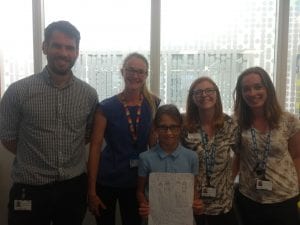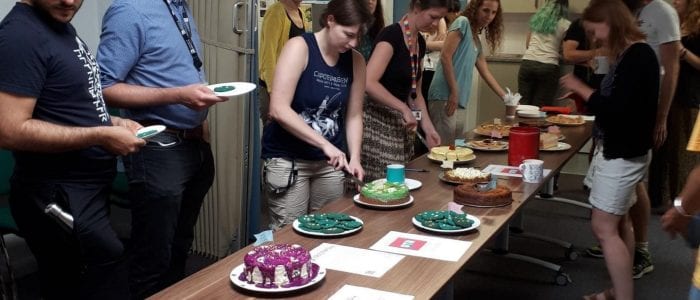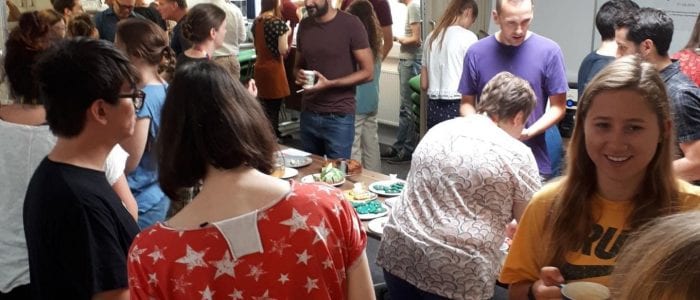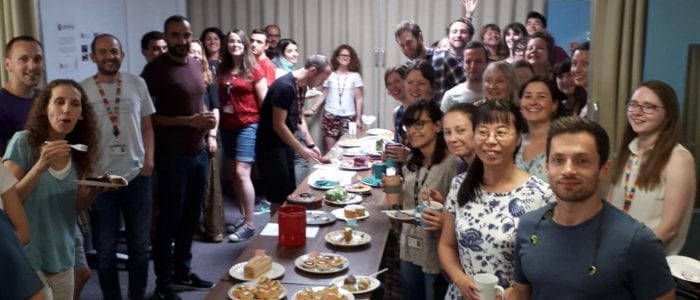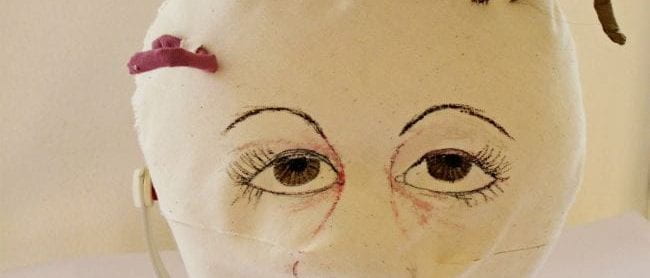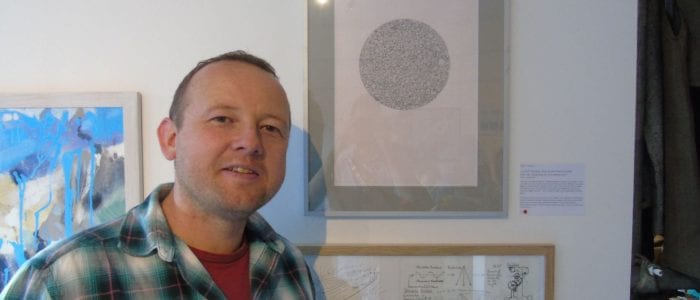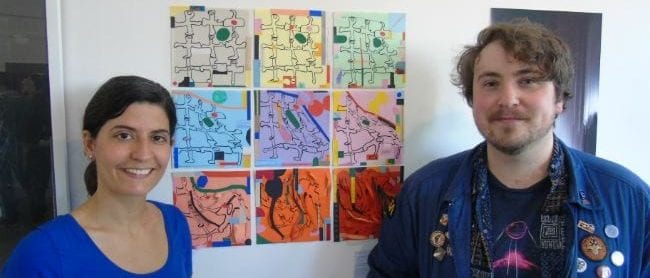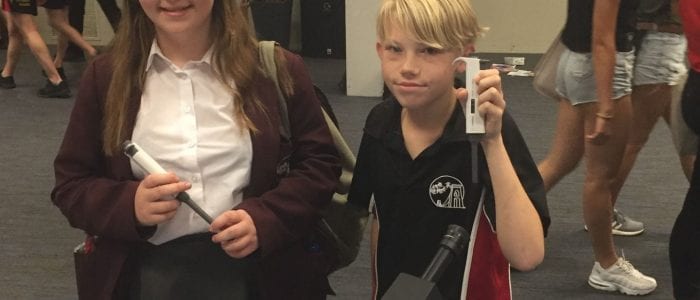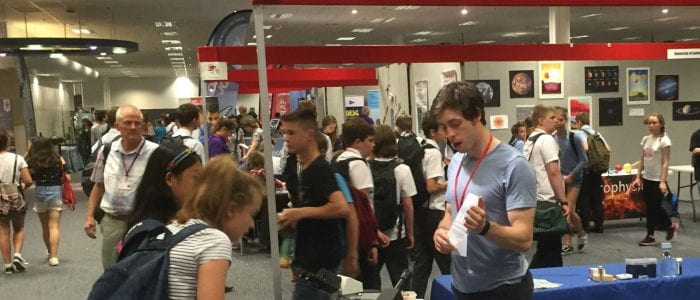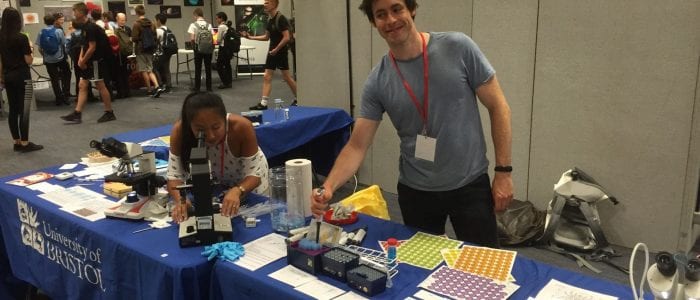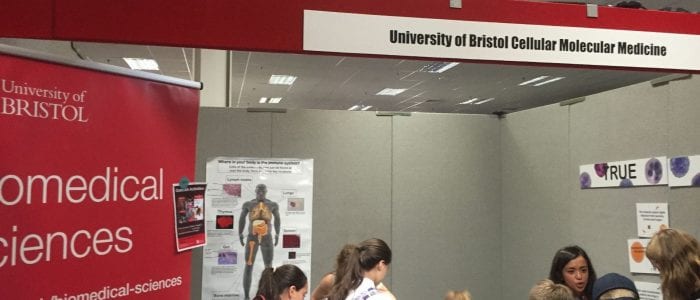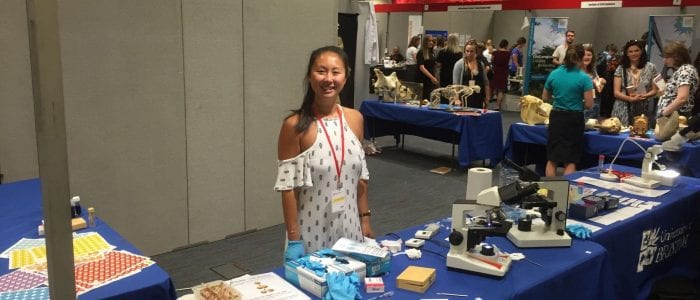Antimicrobial resistance (AMR) is one of the most serious global threats to human health in the 21st century. One of the Bristol researchers taking on this challenge is Professor Matthew Avison who is leading the ‘One Health Drivers of Antibacterial Resistance in Thailand’ consortium project, supported by the Medical Research Council. Here, he tells us about the benefits of working together across borders and disciplines, and how the consortium’s approach can help inform AMR research worldwide.
In Thailand, AMR is estimated to have led to 38,000 deaths in 2010 and cost the economy $1.2 billion. Since then, the problem has continued to grow.
The Thai authorities are monitoring the situation closely and the World Health Organisation recognises their surveillance as an exemplary model for other low and middle income countries (LMICs). But the research to date has been in discrete areas.
This is making the key biological, social, cultural and economic drivers behind AMR (and how they all interact) hard to pinpoint. The long-term impacts of Thailand’s educational campaigns and regulations aimed at curbing AMR are also largely unknown, making effective evidence-based preventative measures difficult to design.
A gut problem
Two of the deadliest bacterial species that have acquired antibiotic resistance are Klebsiella pneumoniae (K. pneumoniae) and Escherichia coli (E. coli), and they’re the ones our ‘One Health’ project focuses on.
They live in the guts of all mammals and we’re interested in how and why they might spread between animals and humans, through the food chain and the environment. Their prevalence in human infections in Thailand has been rapidly increasing. And, worryingly, infections caused by antibiotic-resistant K. pneumoniae have risen from none before 2010, to 10-20% in 2016.
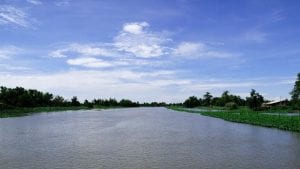
Covering all AMR bases
Our project takes a more holistic view of this complex problem. We’ve chosen an 80km square region in the central and western area of Thailand for our study: the Mae Klong-Ta Chin Basin. We picked it due to its incredible diversity of landscapes, populations and land use.
There are small villages, large towns and industrial zones, with communities of varying socio-economic and education levels. It includes fish farms, fruit orchards and rice paddies. Such variation is crucial because it gives us the opportunity to investigate and compare potential drivers of AMR across different cultural and environmental settings.
And our team is just as varied. We’ve brought together a consortium of UK and Thai researchers covering a wide spectrum of specialities, including veterinarians, clinicians, ecologists, chemists, microbiologists, mathematicians, statisticians, social scientists and project managers. Each researcher benefits from having a mirror version of themselves based in the other country, to collaborate with and learn from.
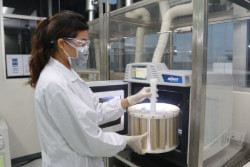
Operation data collection
Our data will cross disciplines, from chemical analysis of environmental and food samples, to findings of anthropological studies into how and why people use antibiotics. Over three years, we’ll repeat our collection cycles at specific sites and in different weather conditions and seasons.
Then our mathematicians will help us understand the patterns and relationships within this data. And our timing coincides with a Thai review into their National Strategic Plan on AMR, so we hope our findings will help influence future policy that will benefit people in Thailand.
Local and global connections
We’ve found that collaborating with on-the-ground Thai researchers who are connected to the local healthcare and farming systems is invaluable. They help engage with people in communities with varied levels of poverty and literacy and negotiate the sensitive ethical and practical considerations of data collection.
Involving early-career researchers from both countries has also been a huge benefit. They’ve brought fresh ideas, new ways of working and an energy that’s revitalised our approach. I hope this early experience of international collaboration will encourage and support them to continue in academic research.
We live in a small, connected world and the devastating impact of AMR stretches all around it. Our hope is that our project can complement work being undertaken in other communities and countries. AMR is such a multi-layered issue with huge ramifications across all aspects of human society. Our findings and those of our peers can help meet this global challenge and contribute to maintaining food security, combating poverty, reducing pollution and protecting human health.
‘One Health Drivers of Antibacterial Resistance in Thailand’ It is a consortia project between the Chulabhorn Research Institute, Mahidol University, University of Bristol, University of Bath, University of Exeter and the NERC Centre for Ecology and Hydrology.
This project is one of four ‘AMR in a Global Context’ Consortia awards, totalling £12 million, which have been jointly funded by the cross-research council AMR initiative and the National Institute for Health Research (NIHR).
All four projects will contribute to the UK’s commitment to Official Development Assistance (ODA). The Research Councils’ contribution will be made through the Global Challenges Research Fund (GCRF) which supports cutting edge research addressing the problems faced by developing countries. The NIHR contribution supports human health research and will be made through its Global Health Research ODA allocation. NIHR’s ODA funding is aimed at supporting internationally-outstanding applied research for the direct and primary benefit of patients and the public in low and middle-income countries (LMICs).



